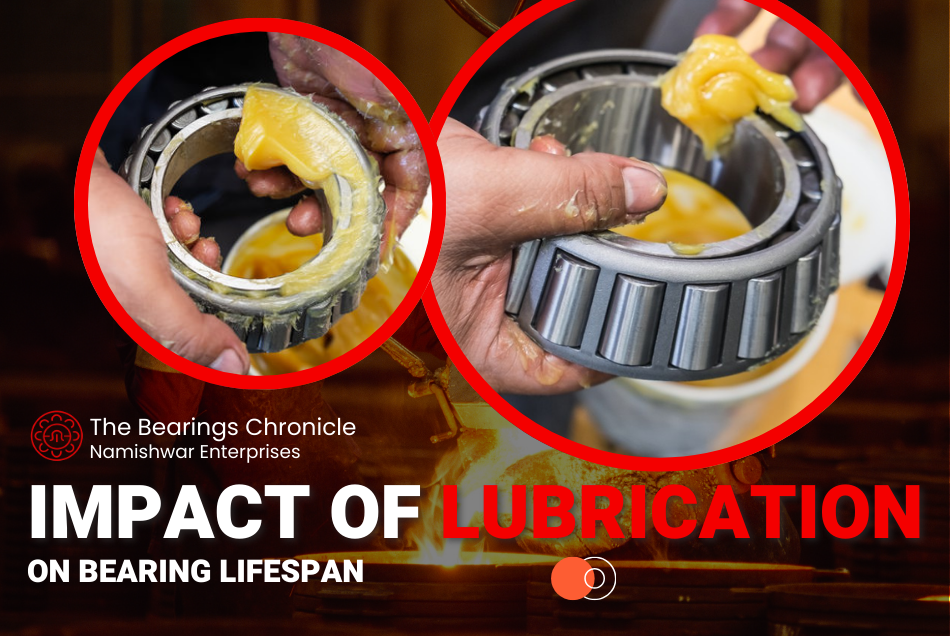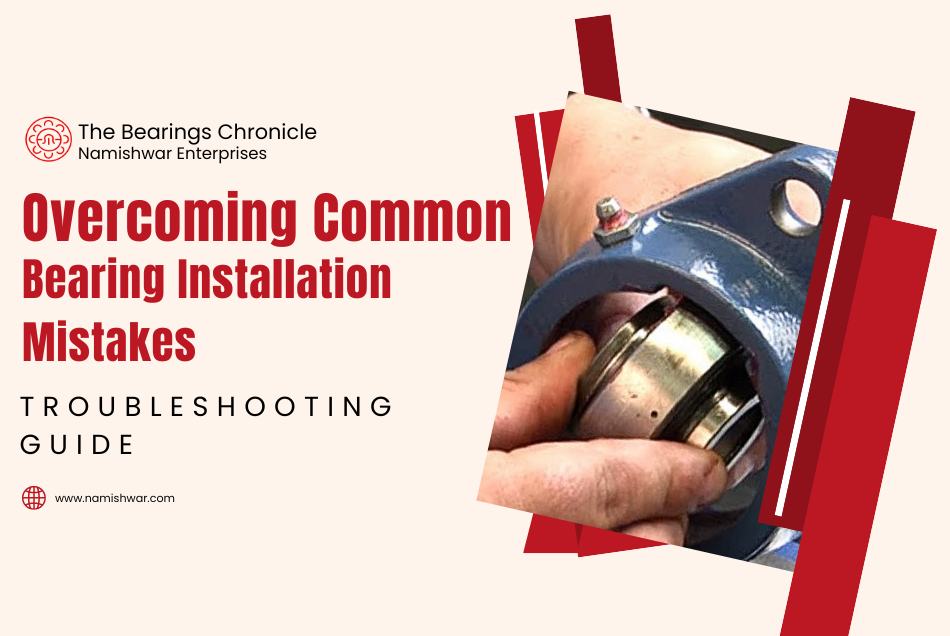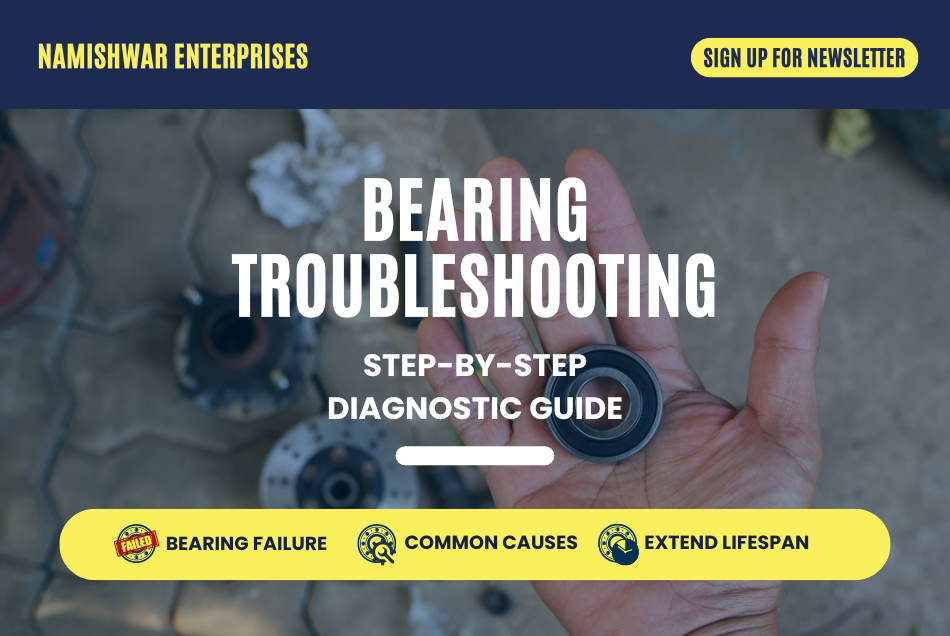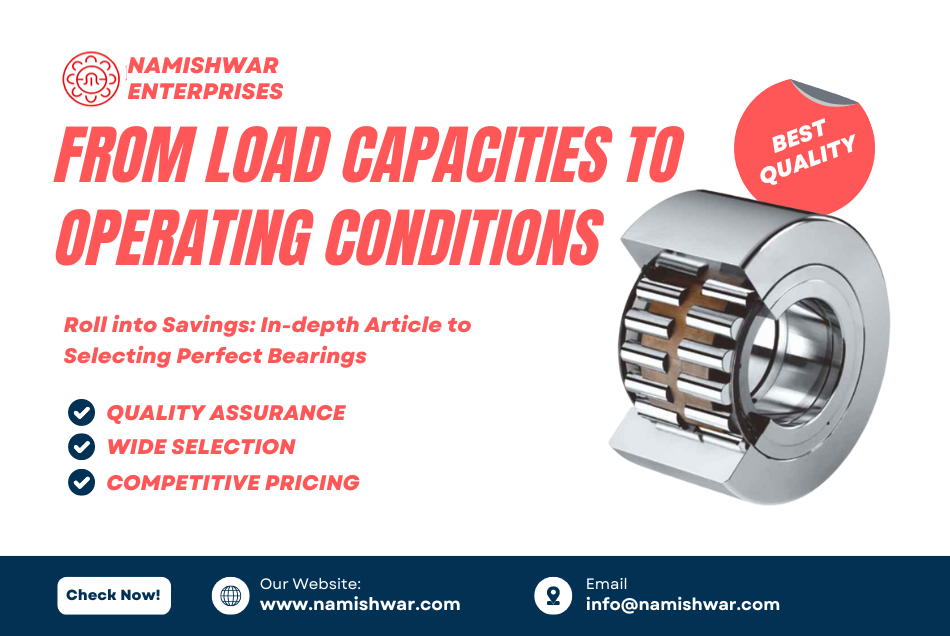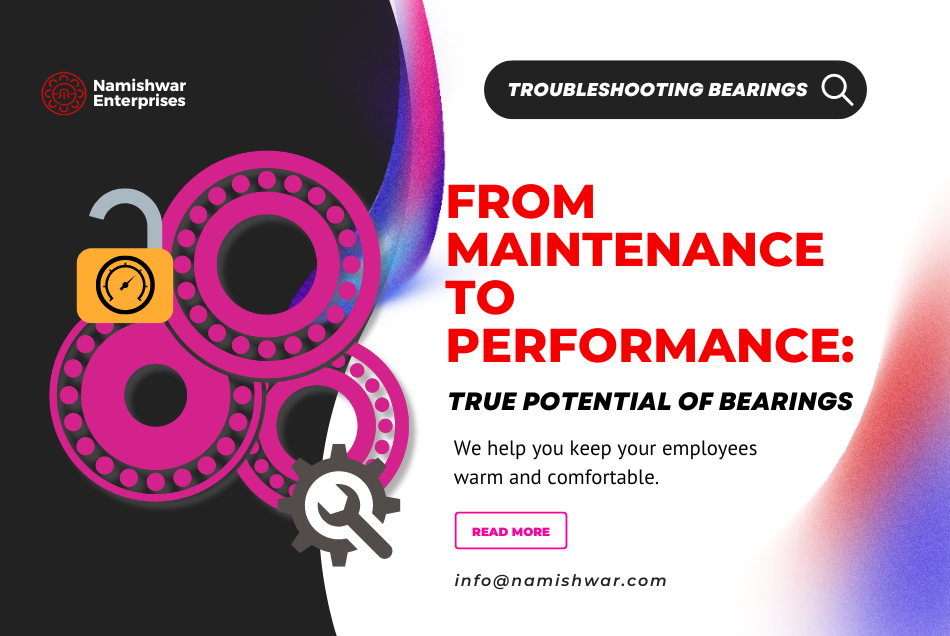Bearings are essential components in countless industrial applications, providing smooth operation and supporting loads. However, their longevity and performance heavily depend on proper maintenance. In this comprehensive guide, we will delve into the best practices for preventive maintenance of bearings, ensuring they operate efficiently and extend their service life.
Importance of Preventive Maintenance for Bearings
Preventive maintenance is a proactive approach that prevents potential failures before they occur. For bearings, this means avoiding costly downtime and ensuring the smooth functioning of machinery. By adhering to a regular maintenance schedule, industries can reduce the risk of unexpected breakdowns, minimize repair costs, and increase the overall reliability of their equipment.
Types of Bearings and Their Maintenance Needs
Different types of bearings require specific maintenance techniques. The most common types include:
1. Ball Bearings
Ball bearings are used in various applications due to their versatility and efficiency. To maintain them, regular lubrication is crucial. This reduces friction and prevents wear and tear. Additionally, monitoring the bearing temperature can indicate potential issues like overloading or insufficient lubrication.
2. Roller Bearings
Roller bearings are designed to carry heavy loads and are commonly found in heavy machinery. The key to maintaining roller bearings is ensuring proper alignment. Misalignment can lead to uneven load distribution, causing premature wear. Regular inspections for signs of misalignment and correcting them promptly are essential.
3. Thrust Bearings
Thrust bearings handle axial loads and are often used in automotive applications. Checking for contamination is vital, as debris and dirt can cause significant damage. Keeping the bearing environment clean and using appropriate seals can prevent contamination.
Key Preventive Maintenance Practices
1. Regular Lubrication
Lubrication is the lifeblood of bearings. Without it, friction increases, leading to wear and potential failure. The type of lubricant and the method of application depend on the bearing type and operational conditions. Grease lubrication is common for most bearings, while oil lubrication is preferred in high-speed applications. It’s essential to use the correct amount of lubricant and avoid over-lubrication, which can cause overheating.
2. Vibration Analysis
Vibration analysis is a powerful tool for detecting early signs of bearing wear and imbalance. By monitoring the vibration levels, maintenance teams can identify potential issues before they escalate. Consistent vibration analysis can reveal problems such as misalignment, imbalance, and bearing defects.
3. Temperature Monitoring
Excessive heat is a common indicator of bearing issues. High temperatures can result from overloading, insufficient lubrication, or misalignment. Regular temperature checks can help identify abnormal conditions and prevent damage. It’s crucial to maintain the bearing temperature within the manufacturer’s recommended range.
4. Visual Inspections
Visual inspections are a straightforward yet effective method for detecting bearing problems. During inspections, look for signs of corrosion, discoloration, or physical damage. These can indicate issues like improper lubrication, contamination, or excessive load. Regular inspections allow for early detection and timely corrective actions.
5. Proper Handling and Storage
Improper handling and storage can cause significant damage to bearings even before they are installed. Bearings should be handled with care, using gloves to prevent contamination from skin oils. Store bearings in a clean, dry environment, away from direct sunlight and corrosive substances.
Common Bearing Failures and Their Prevention
Understanding common bearing failures and their causes can help prevent them. Some common failures include:
1. Lubrication Failure
Inadequate lubrication is a leading cause of bearing failure. It can result from using the wrong lubricant, insufficient lubrication, or contamination. To prevent lubrication failure, use the right lubricant and follow the manufacturer’s recommendations for re-lubrication intervals.
2. Contamination
Contaminants such as dirt, dust, and moisture can enter the bearing and cause damage. Using proper seals and ensuring a clean working environment can minimize the risk of contamination. Regularly inspect and replace seals if they show signs of wear.
3. Misalignment
Misalignment occurs when the bearing is not correctly aligned with the shaft or housing. This can cause uneven load distribution and premature wear. Regular alignment checks and adjustments are necessary to prevent this issue.
4. Fatigue
Fatigue failure occurs due to repeated stress cycles. It leads to cracks and spalling on the bearing surface. To reduce the risk of fatigue, avoid excessive loads and ensure the bearing is suitable for the application.
Best Practices for Extending Bearing Life
1. Select the Right Bearing
Choosing the correct bearing for your application is the first step in ensuring long-term performance. Consider factors like load, speed, and environmental conditions. Consult with bearing manufacturers or experts to select the appropriate bearing type and size.
2. Implement a Maintenance Schedule
A well-planned maintenance schedule is crucial for the longevity of bearings. It should include regular inspections, lubrication intervals, and vibration analysis. Keep detailed records of maintenance activities and use them to predict future needs.
3. Train Maintenance Personnel
Well-trained personnel are essential for effective bearing maintenance. Ensure that your maintenance team understands the importance of proper handling, lubrication, and inspection techniques. Provide regular training to keep them updated on the latest best practices.
4. Use Quality Parts and Lubricants
Always use high-quality bearings, lubricants, and replacement parts. Inferior products can compromise the performance and lifespan of your bearings. Investing in quality parts can save time and money in the long run by reducing the frequency of repairs and replacements.
5. Monitor and Analyze Data
Utilize modern technology to monitor and analyze bearing performance data. This can include vibration sensors, temperature sensors, and online monitoring systems. Analyzing this data helps in making informed decisions and taking proactive measures to prevent failures.
Conclusion
Preventive maintenance is vital for the optimal performance and longevity of bearings. By implementing the best practices outlined in this guide, industries can avoid costly downtime, reduce maintenance costs, and ensure the smooth operation of their machinery. Remember, regular inspections, proper lubrication, and timely corrective actions are key to extending the life of your bearings.



